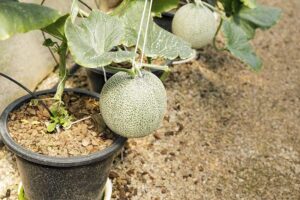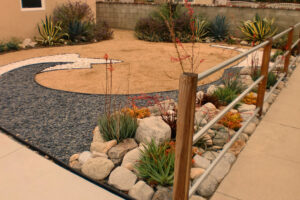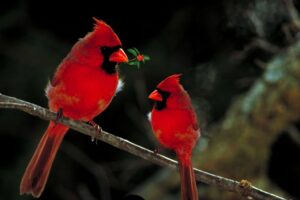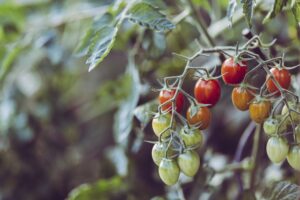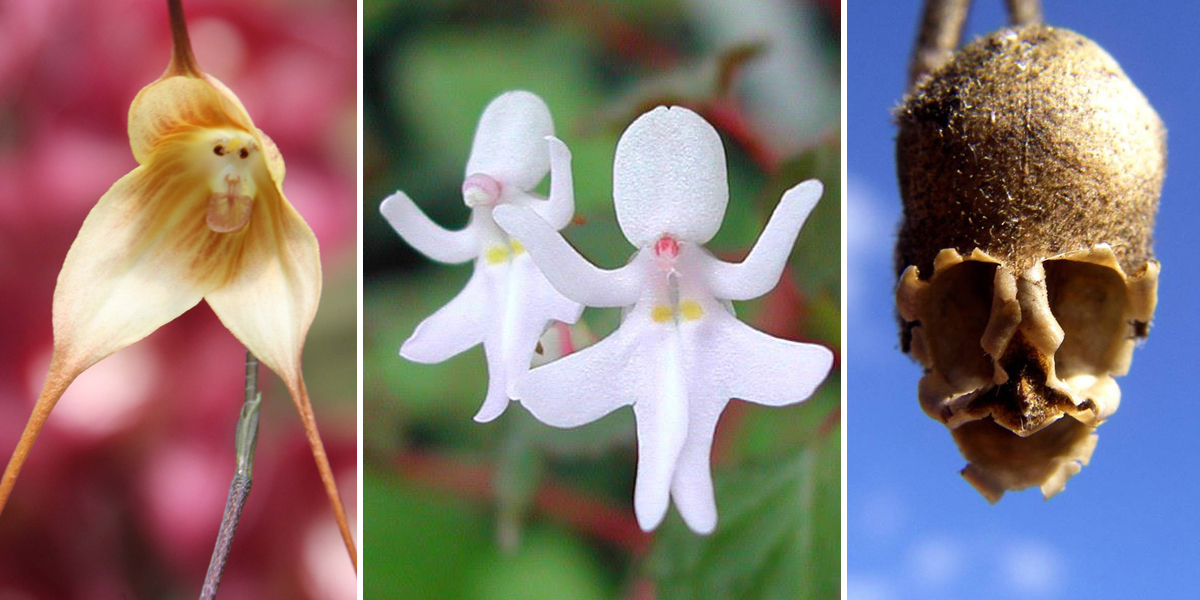
The allure of orchids extends beyond their exquisite beauty to their unique and captivating blooms. However, orchids can be challenging to grow and maintain, leading many gardeners to seek alternatives that offer similar aesthetics with less effort. Fortunately, the botanical world is replete with flowers that resemble orchids in appearance, yet belong to different plant families altogether. In this article, we explore the fascinating realm of non-orchid flowers that exhibit orchid-like traits, providing insights into their characteristics and cultivation.
I. Introduction
The fascination with orchids stems from their delicate blooms, intricate patterns, and exotic allure. While orchids are prized for their beauty, they can be demanding plants to grow, requiring specific conditions and care. As such, gardeners often seek out flowers that mimic the appearance of orchids but are easier to cultivate. Non-orchid flowers with orchid-like traits offer an enticing alternative, providing the allure of orchids without the complexities of orchid care.
II. Flowers Resembling Orchid Blooms
A. Petal Structure and Arrangement
One of the defining features of orchids is their unique petal structure and arrangement, characterized by symmetrical blooms with multiple petals and sepals. Flowers that resemble orchids often exhibit similar characteristics, with petals arranged in intricate patterns and symmetrical formations that evoke the elegance of orchid blooms.
B. Color Variations and Patterns
Orchids are renowned for their diverse array of colors and patterns, ranging from vibrant hues to delicate pastels and intricate markings. Non-orchid flowers with orchid-like traits often display a similar diversity of colors and patterns, with blooms that mimic the vivid hues and intricate markings of orchid flowers, adding visual interest and allure to the garden landscape.
C. Fragrance and Scent Profiles
Another characteristic feature of orchids is their enchanting fragrance, with many species emitting subtle or intoxicating scents that captivate the senses. While not all orchid-like flowers possess fragrances, some species produce blooms with delicate or aromatic scents reminiscent of orchids, enhancing their appeal and adding sensory richness to the garden environment.
III. Non-orchid Flowers with Orchid-like Characteristics
A. Bromeliads
Bromeliads are a diverse family of flowering plants that include species with striking blooms reminiscent of orchids. Known for their vibrant colors, unique shapes, and exotic appearance, bromeliad flowers exhibit orchid-like traits, with intricate patterns, symmetrical arrangements, and vibrant hues that rival those of orchid blooms.
B. Irises
Irises are another group of flowering plants that bear resemblance to orchids, particularly in their petal structure and color variations. With their intricate patterns, delicate fringes, and vibrant colors, iris flowers exhibit orchid-like traits that appeal to gardeners seeking the elegance and beauty of orchids in a more accessible and versatile plant.
C. Carnations
Carnations may not be the first flowers that come to mind when thinking of orchid-like blooms, but certain varieties of carnations exhibit characteristics reminiscent of orchids. With their ruffled petals, intricate patterns, and vibrant colors, certain carnation cultivars evoke the elegance and charm of orchid blooms, making them a popular choice for floral arrangements and garden landscapes.
IV. Cultivation and Care of Orchid-like Flowers
A. Light and Temperature Requirements
Like orchids, non-orchid flowers with orchid-like traits often have specific light and temperature requirements for optimal growth and blooming. Understanding the lighting and temperature needs of these plants is essential for ensuring healthy growth and vibrant blooms.
B. Watering and Humidity Levels
Proper watering and humidity levels are critical for the health and vitality of orchid-like flowers. While these plants may not have the exacting watering needs of orchids, they still require consistent moisture and humidity to thrive. Avoid overwatering or underwatering, and provide adequate humidity to prevent stress and dehydration.
C. Soil and Potting Medium
Selecting the right soil and potting medium is essential for the cultivation of orchid-like flowers. Choose well-draining soil or potting mixtures that provide adequate aeration and moisture retention while preventing waterlogged conditions. Incorporate organic matter or perlite to improve soil structure and fertility, ensuring optimal growing conditions for your orchid-like plants.
V. Conclusion
Non-orchid flowers with orchid-like traits offer an enticing alternative for gardeners seeking the elegance and beauty of orchids without the complexities of orchid care. From bromeliads to irises and carnations, these plants exhibit characteristics reminiscent of orchids, adding visual interest and allure to garden landscapes. By appreciating the diversity and beauty of orchid-like flowers, gardeners can enrich their gardening experience and create captivating outdoor spaces that inspire wonder and delight.


